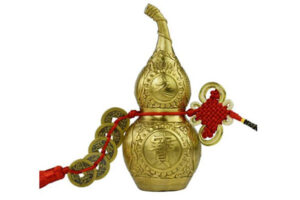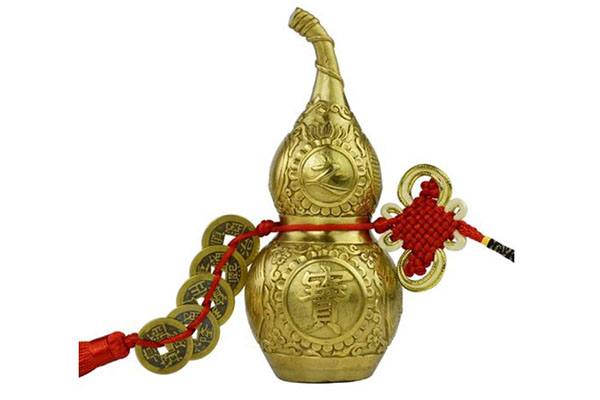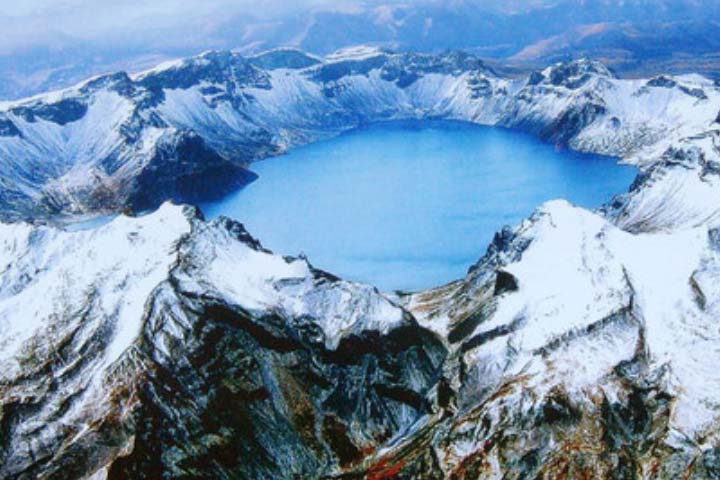The Potala Palace, located in Lhasa, Tibet, is one of the most iconic and historically significant buildings in the region. The palace, which sits on top of Red Hill, is a massive structure that towers over the city and serves as a symbol of Tibetan culture and Buddhism.
In this post, we will delve into the history, architecture, and cultural significance of the Potala Palace. We will explore its origin and early history, its role in Tibetan Buddhism and as the residence of the Dalai Lama, and its political significance and impact on Tibetan culture. We will also examine the palace’s unique features, such as its 13 stories and numerous chapels, and analyze its architectural style and influences.
History of the Potala Palace
The Potala Palace has a long and rich history that dates back to the 7th century. The palace was originally built by King Songtsen Gampo in the 7th century as a palace for his bride, Princess Wencheng of the Chinese Tang dynasty. The palace was expanded and renovated over the centuries, and in the 17th century, the Fifth Dalai Lama, Lobsang Gyatso, converted it into the chief residence of the Dalai Lama.
Throughout its history, the Potala Palace has served as an important religious and political center. As the residence of the Dalai Lama, it has been at the center of Tibetan Buddhism and has played a vital role in the development and preservation of the religion. The palace is also an important symbol of Tibetan culture and has been a focal point for Tibetan identity and resistance to foreign domination.
Architecture and Design of the Potala Palace
The Potala Palace is an architectural masterpiece that features a combination of Tibetan and Chinese styles. The palace is comprised of two main structures: the White Palace and the Red Palace. The White Palace is the larger of the two and is used for administrative purposes, while the Red Palace is the religious center of the palace and contains the tombs of several past Dalai Lamas.
The palace is 13 stories high and contains over 1,000 rooms, chapels, and halls. One of the most unique features of the palace is the use of golden roofs, which are a characteristic of Tibetan architecture. The palace also features intricate murals and sculptures, which are an important aspect of Tibetan art.
Cultural Significance of the Potala Palace
The Potala Palace is a symbol of Tibetan culture and Buddhism, and has played a vital role in the preservation of both. As the residence of the Dalai Lama, it has been at the center of Tibetan Buddhism and has played a key role in the development and spread of the religion. The palace is also an important symbol of Tibetan identity and resistance to foreign domination.
The palace is also home to many important religious artifacts, including statues and thangkas, which are traditional Tibetan religious paintings. These artifacts are not only important to Tibetan Buddhism, but they are also significant in the broader context of Tibetan art and culture.
FAQs:
How much is the ticket to the Potala Palace
The ticket price to visit the Potala Palace in Lhasa, Tibet varies depending on the time of year and whether you are a Chinese citizen or a foreign visitor.
For Chinese citizens, the ticket price for the peak tourist season (April to October) is around CNY 200, while the off-season price is around CNY 150. For foreign visitors, the peak season ticket price is around CNY 400, while the off-season price is around CNY 300.
It’s worth noting that the ticket prices are subject to change and it’s always a good idea to check with the official website or a travel agent for the most current prices before planning your visit. Additionally, as the palace is a UNESCO World Heritage Site, there is a daily limit on the number of visitors allowed, so it is advisable to book in advance to avoid disappointment.
Conclusion
The Potala Palace is a unique and important building that has played a vital role in the history, culture, and religion of Tibet. Its architecture and design are an expression of the blending of Tibetan and Chinese cultures, and its cultural significance cannot be overstated. The palace is an important symbol of Tibetan culture, Buddhism and resistance to foreign domination. It has served as a focal point for Tibetan identity, and its preservation is vital for future generations to understand and appreciate the rich cultural heritage of Tibet. If you want to know more about the palace and Tibetan culture, you can explore resources like the UNESCO World Heritage website, where the palace is designated as a world heritage site, and also books and documentaries on the subject. Visiting the palace in person is also a unique experience that allows you to fully appreciate its grandeur and significance.
Overall, the Potala Palace is a treasure of Tibetan culture and history, and it continues to be a source of inspiration and awe for people all over the world.










